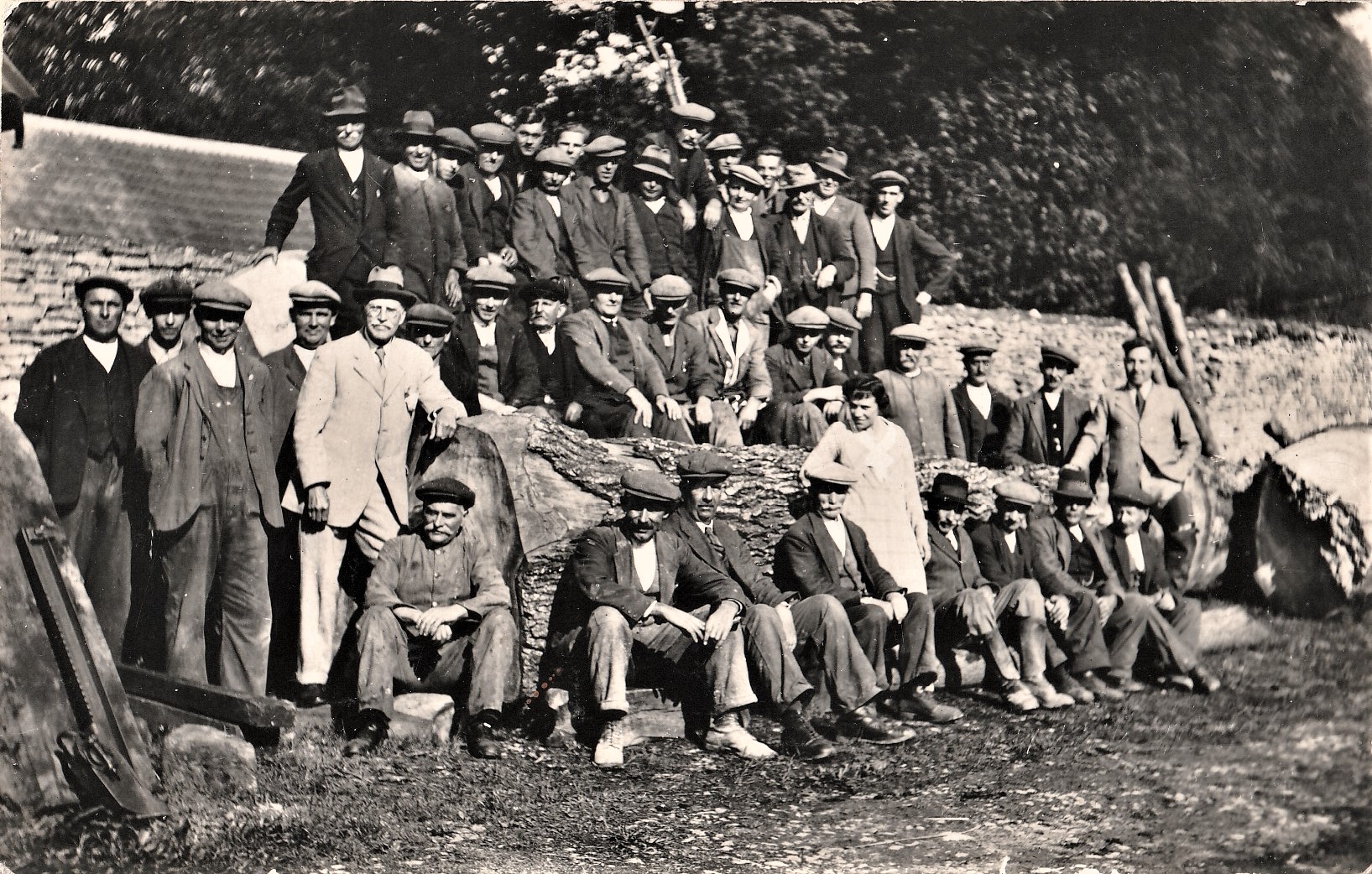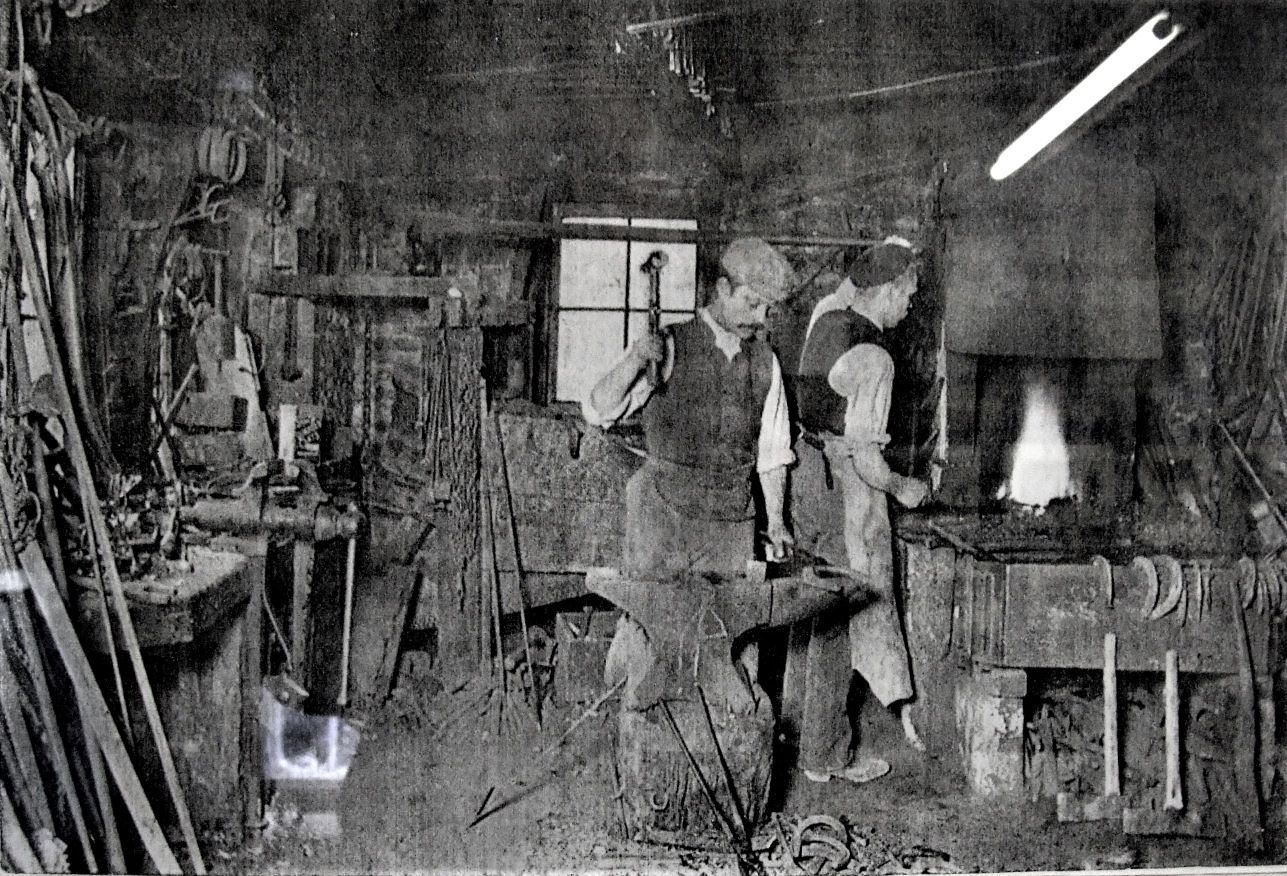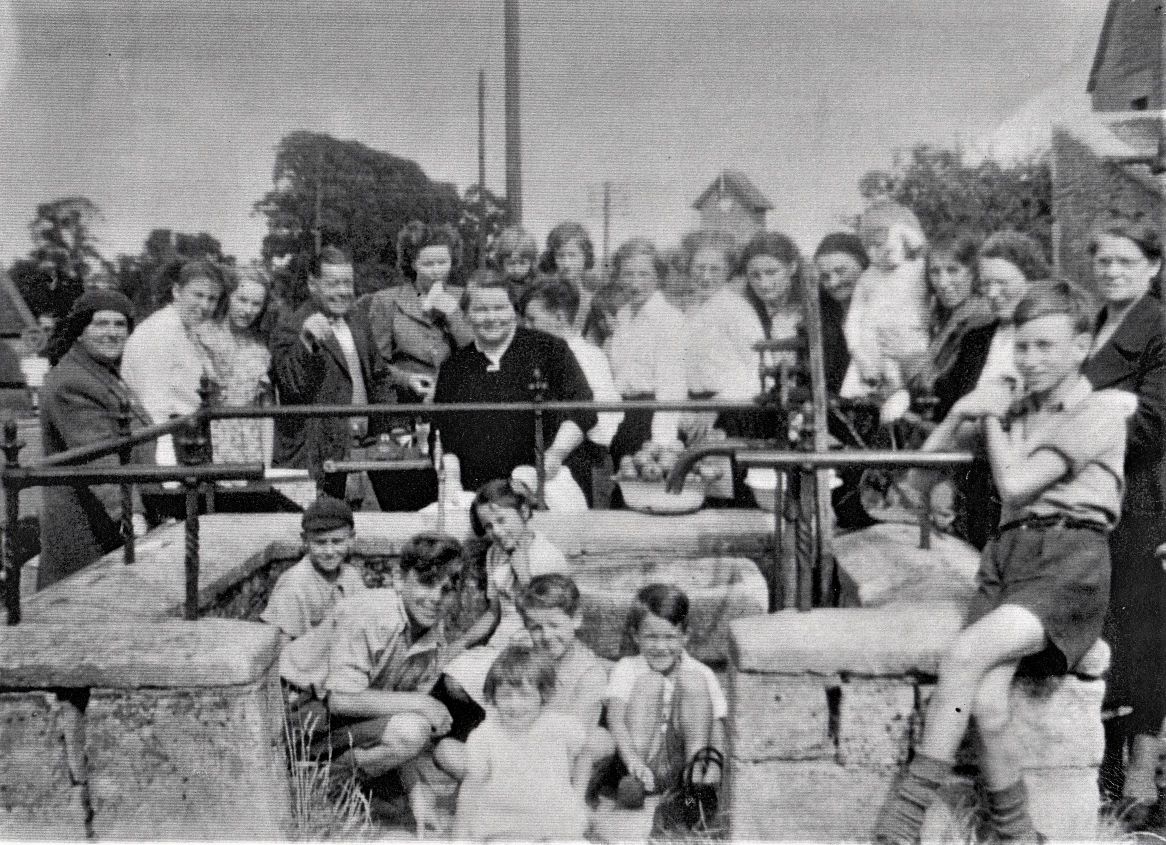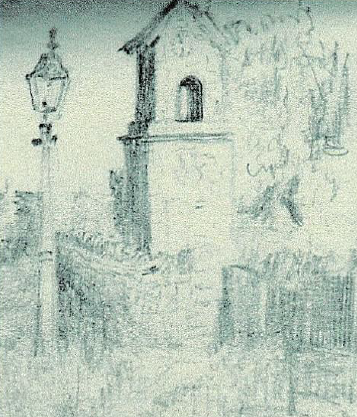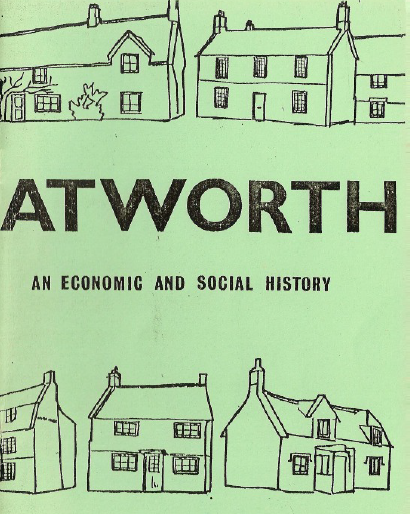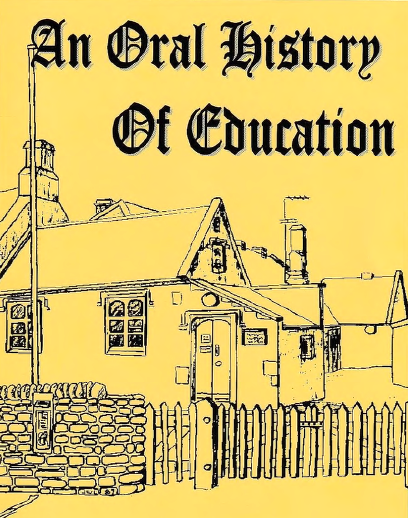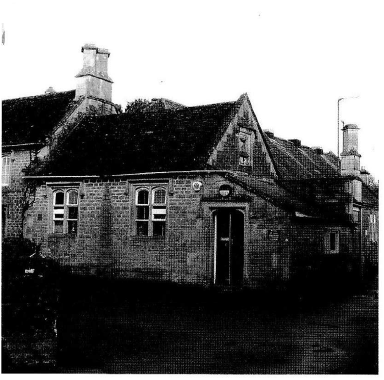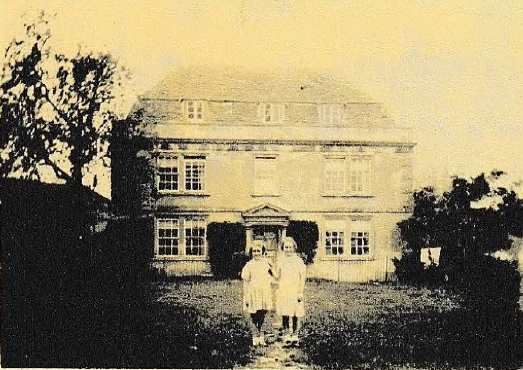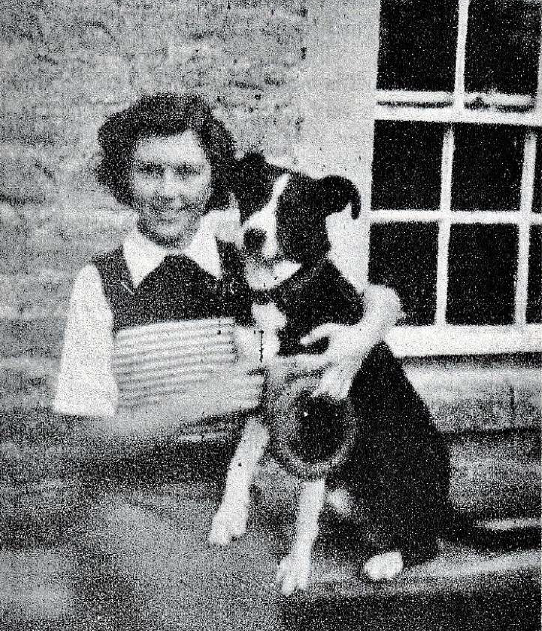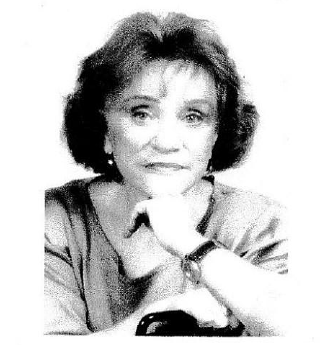2025 Programme
All events take place at Atworth Village Hall and begin at 7:30pm.
Upcoming Events
Monday 12th May
The Melksham Murderer by Lisa Ellis
Delving into a dark episode in Melksham’s past
Monday 2nd June
1000 years of warp & weft by David Birks
The story of the woollen trade in Trowbridge
Monday 4th August
John Aubrey by Julie Davis
Wiltshire’s first “trowel blazer” archaeologist
Monday 1st September
Christopher Wren by Ruth Butler
From astronomer to architect
Monday 6th October
Wiltshire pastimes by Ian Hicks
Sport & recreation through Wiltshire’s history
Monday 3rd November
Sir George Dowty by Martin Robins
His formative years, business and private life
Monday 1st December
AGM & Party
Our end of year meeting and party!
Past Events
Monday 7th April
The Moulton Trust by Dave Ecob
A talk about Alex Moulton, his work and his home
Monday 3rd March
A history of letterpress printing by Philip McMullen
Including the private press movement of Britain
About
We meet in the Atworth Village Hall at 7:30pm on the first Monday of each month March to December, except July when we have an outing. Should the first Monday be a Bank Holiday (usually in May), we will meet on the second Monday. This year's programme of talks is shown on the left-hand section of this page.
Atworth Village Museum
The Atworth Village Museum contains various exhibits showing artefacts and photographs from the village, and provides a glimpse into Atworth’s history.
The museum is situated in Poplar Farm Barn, Bradford Road, Atworth, SN12 8HY (what3words: sundial.harmless.states), and is open on the last Sunday of the month from March to October, inclusive, from 2:00pm to 4:00pm. Entrance is free but donations are very welcome.
If anyone would like to visit at any other time, please contact David Hough on 01225 793647 or at houghbizarre@gmail.com.
Read more about the Atworth History Museum in an interview between Professor Dowdeswell and Radio Wiltshire from 1989.
A Brief History of Atworth
Most of the present parish of Atworth was originally part of the Manor, Ancient Parish, and a Tithing of the Hundred of Bradford on Avon. Its church of St Michael and All Angels was formerly a chapel of the mother church of Holy Trinity in Bradford. It was known as Middle Atworth and Atworth Magna to distinguish it from a smaller area which was called Atworth Parva, Little Atworth or Cottles. The modern Civil Parish of Atworth was created on 19 December 1884 by detaching the Tithing of Atworth from Bradford and combining it with the minor areas of Cottles, Little Chalfield and Great Chalfield.
Atworth lies in undulating country on the Forest Marble clays, Cornbrash limestones and Kellaways Beds, rising towards the hills of the north and west. The parish is bounded on the north by a straight border that follows the east-west line of the old Roman road from Londinium to Aquae Sulis (Bath); in the east are Broughton Gifford and Shaw, to the south is Holt, to the west is South Wraxall. The village of Atworth consists of two parts: an old settlement near the church (Middle Atworth) and a long narrow strip along the turnpike Bath Road (Atworth Magna). Bath Road (the A365) was for a while the main road from London to Bath, with several housing estates built during the 20th century.
The old original village centre contains the St Michael’s church building, Church Farm with a medieval barn, Manor Farm House, the former Foresters and Three Horseshoes pubs, primary school and the former Poplar Farm (now Atworth House). Bath Road has the White Hart Inn, the former New Inn and Red Lion Inn, Independent and former Ebenezer Chapels, and in past times several shops and small farms. A clock tower commemorates Queen Victoria’s Diamond Jubilee in 1897 and doubles as the village war memorial.
At the eastern end of the main road was Atworth Common, which was divided into allotments, but is now built over. South of the road at this end was the Mendip engineering company which became part of the Dowty company; it closed in 1991 and the land has been redeveloped.
Employment was once dominated by agriculture, the Neston Park estate (the house and most of the estate are in Corsham parish), stone quarrying north of the village and in Box and Corsham and by the Dowty engineering works. Now the village is largely a dormitory for workers in Bath, Melksham, Corsham, Chippenham and beyond. Atworth Business Park, on the site of the Dowty factory, contains several small businesses.
Cottles Estate, or Atworth Parva, is a rectangular area in the west, in which the only major features are Cottles House, currently occupied by Stonar School, and the Botanic Nursery. It is not clear whether this small area was a part of the Manor of Bradford that was given to Shaftesbury Abbey in 1001, but a narrow strip north of Cottles House was part of Bradford parish.
Great and Little Chalfield are small settlements in the south of the modern parish, once independent and centred around their respective manor houses.
The 2011 Census recorded the population of Atworth at 1,321 inhabitants.
Read a longer history of Atworth here.
Photo Gallery
Please enjoy browsing through this collection of old photos of Atworth. Plenty more can be found in the Atworth Museum.
Publications & Documents
Below are some further documents related to the history of Atworth. Click on the links to open the pdfs.
- The History of Atworth from the Romans to the Third Millennium
- Atworth History Museum - Radio Wiltshire talks to Professor Dowdeswell in 1989
- Atworth Church Tower - A report by Gervase O’Donohoe in July 2011 for the Atworth History Group
- The Dowty in Atworth - An article by Des A. E. Rice for the Atworth History Group
- The Atworth Bier - Radio Wiltshire talks to David Webb on 25 February 1993
.jpg)
.jpg)
.jpg)

.jpg)
.jpg)
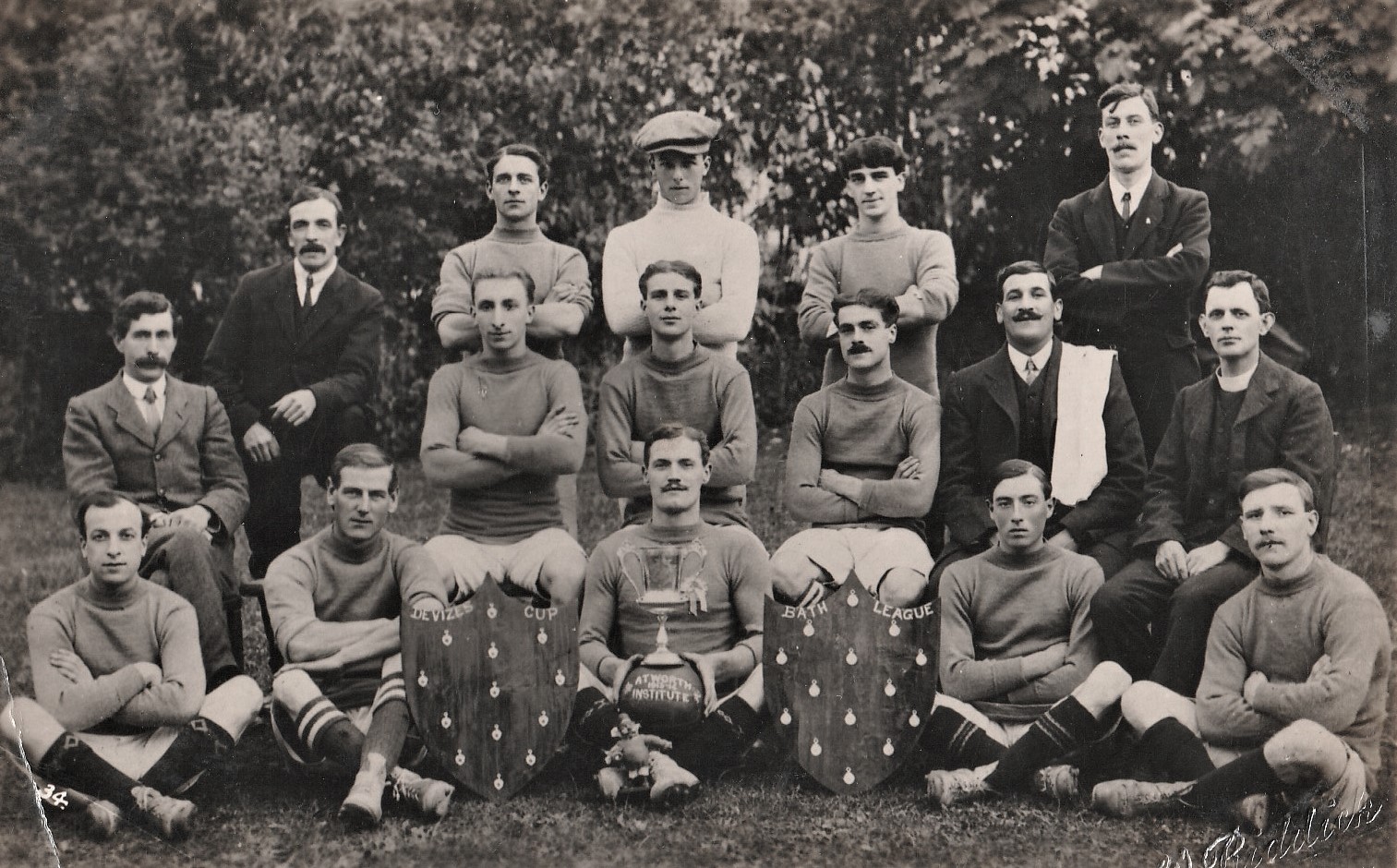
.jpg)
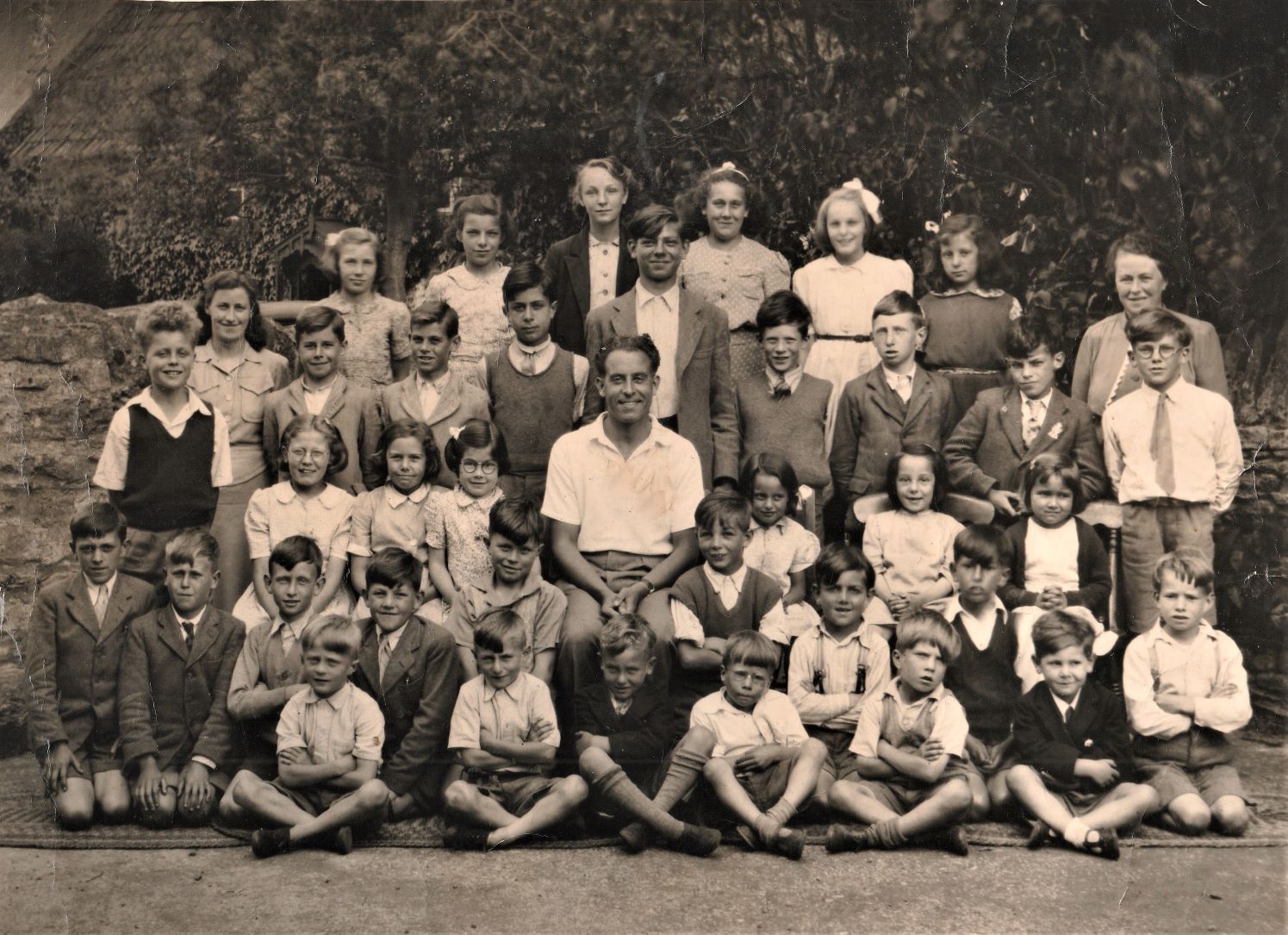
.jpg)
.jpg)
.jpg)
.jpg)
.jpg)
.jpg)
.jpg)
.jpg)
_outside_the_New_Inn.jpg)
.jpg)
.jpg)
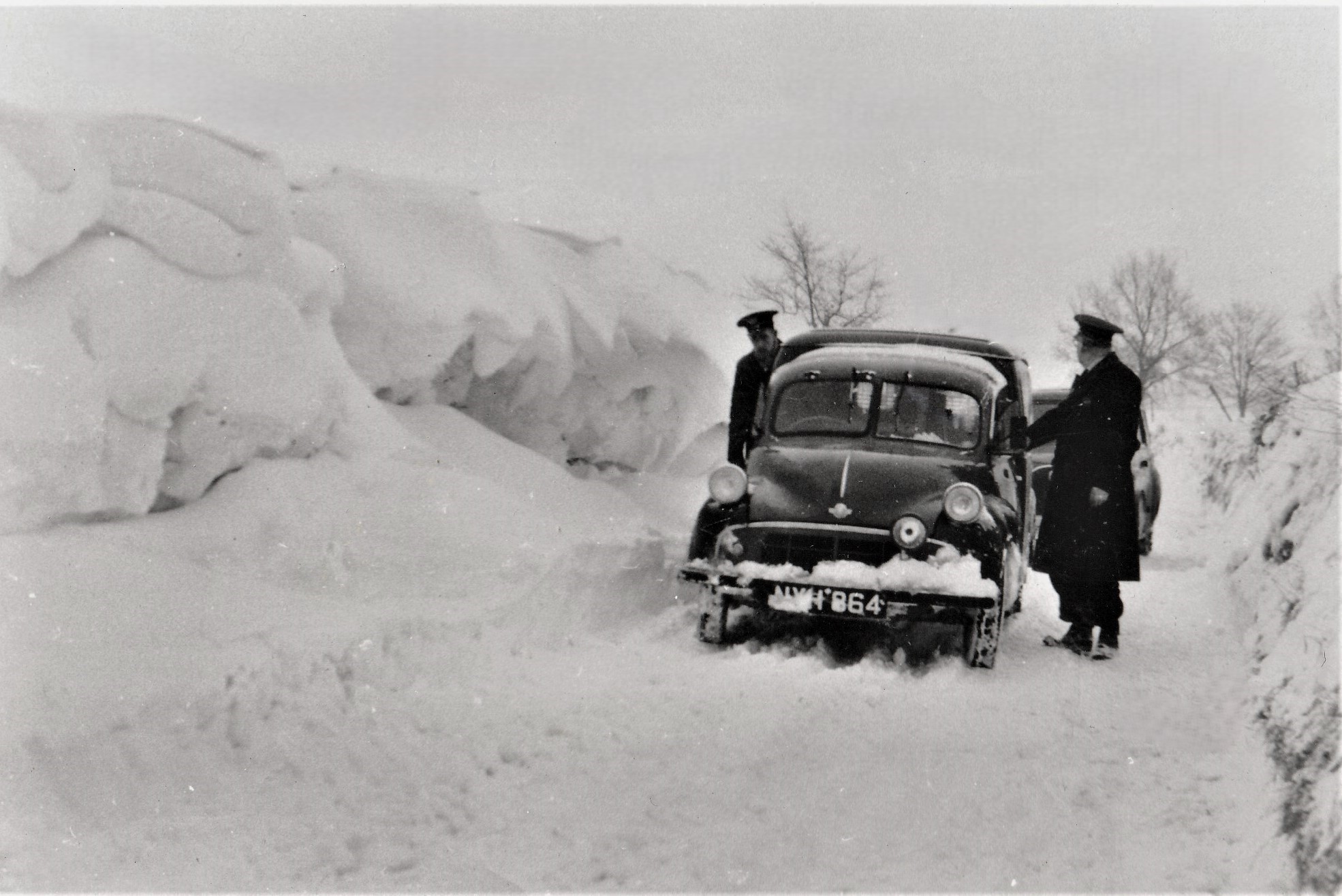
.jpg)
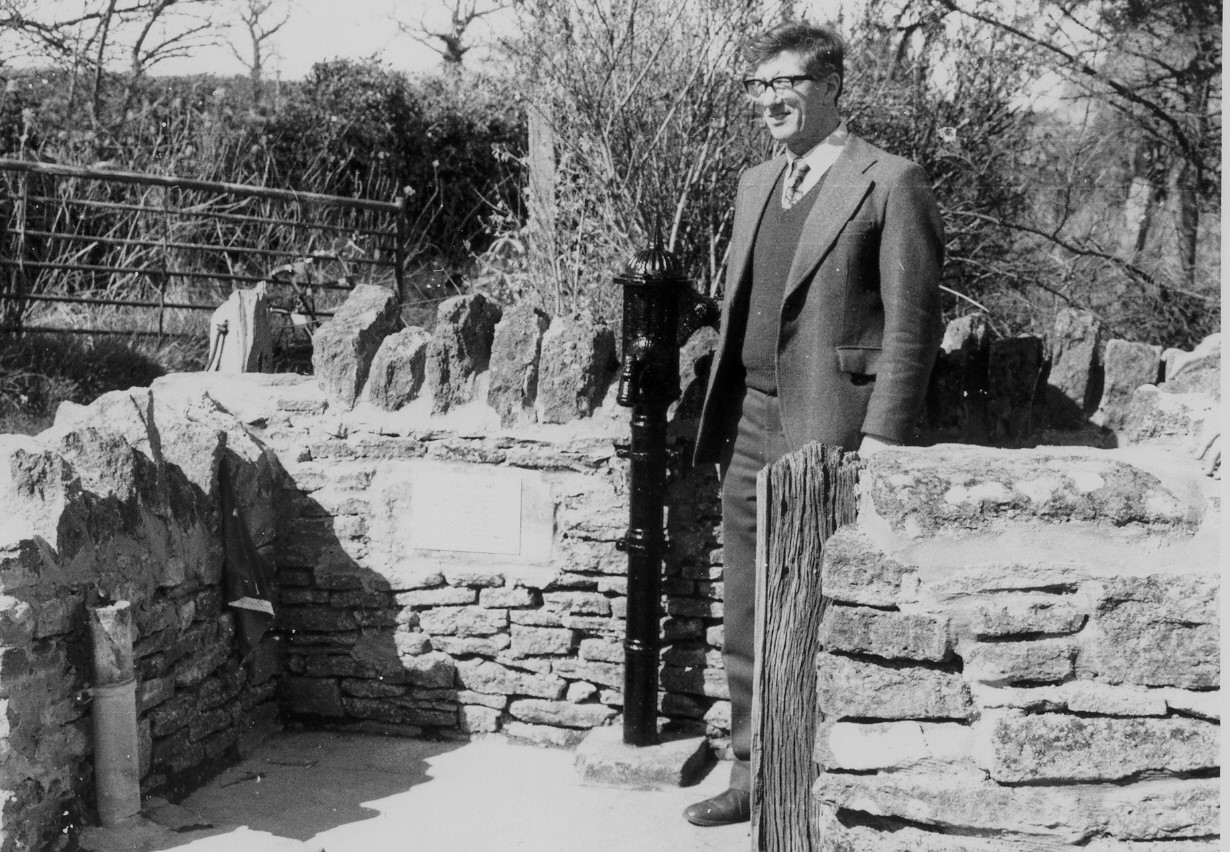
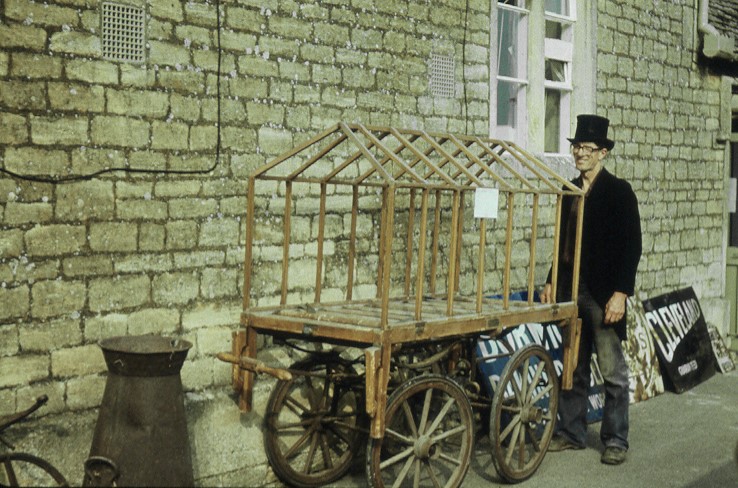
.jpg)
.jpg)
.jpg)
.jpg)
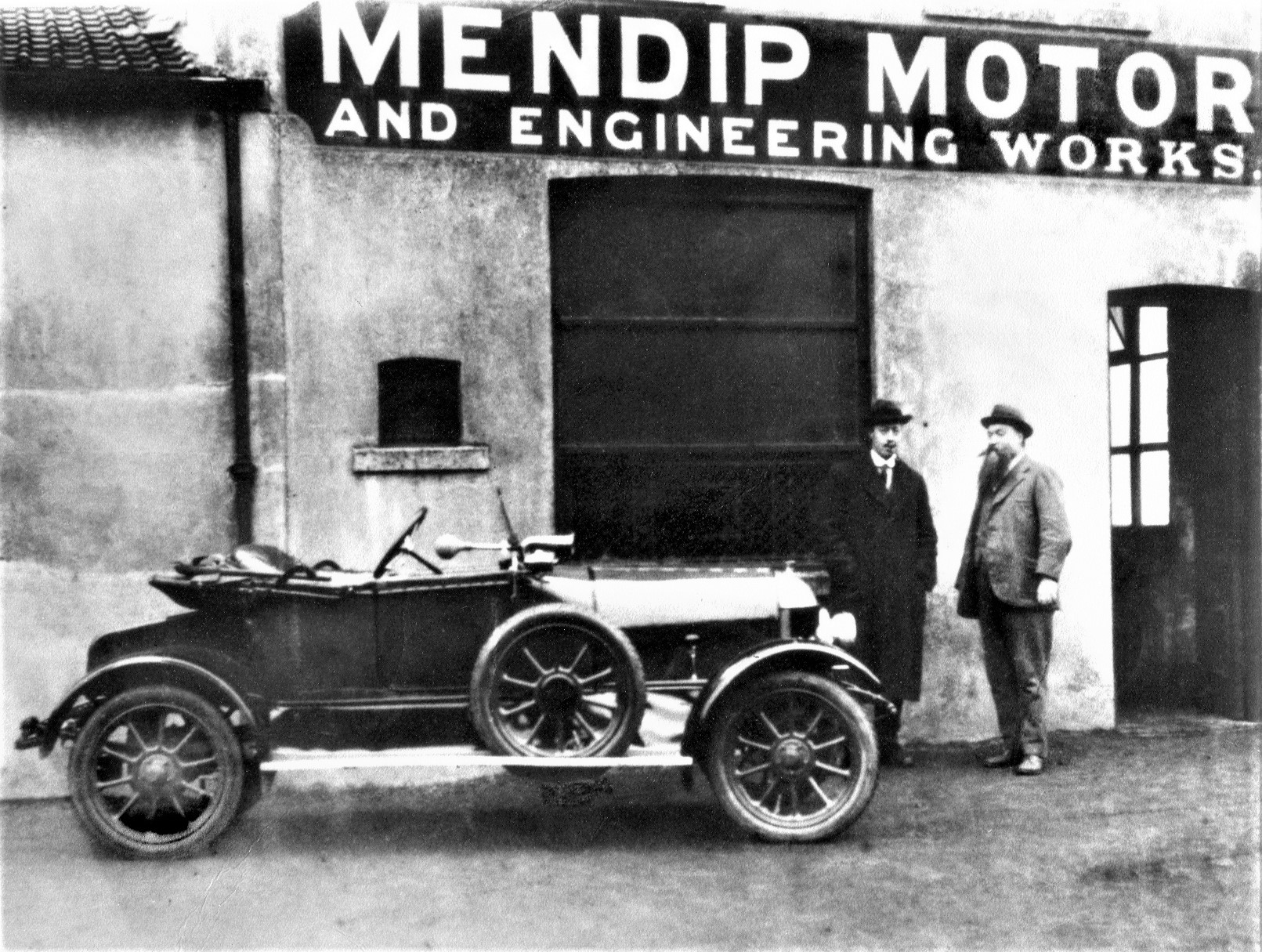
.jpg)
.jpg)
.jpg)
